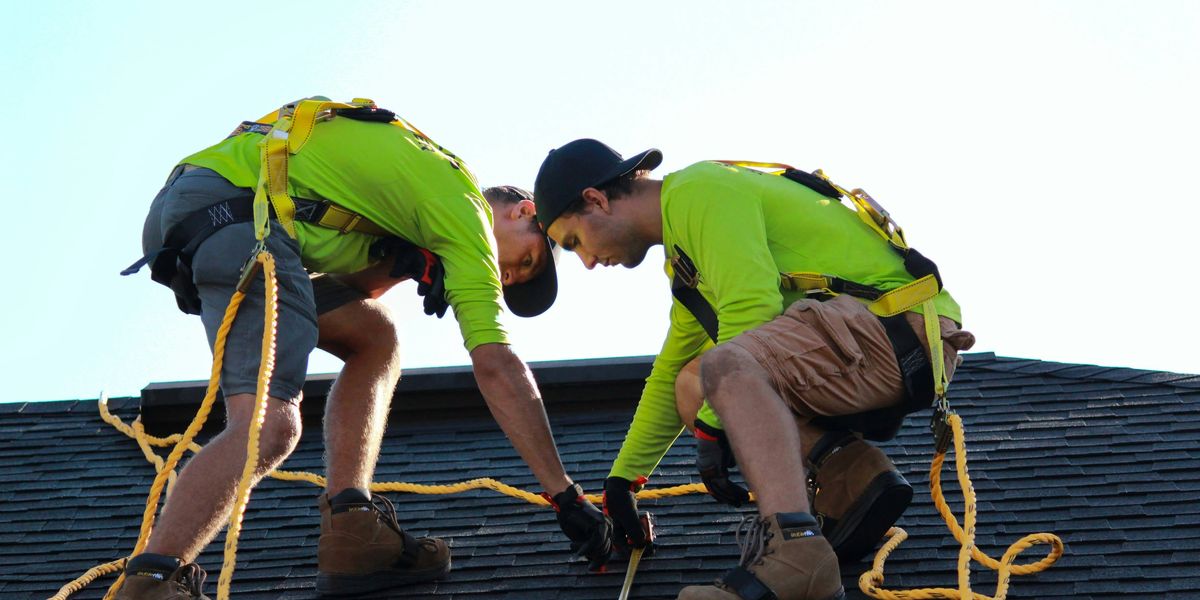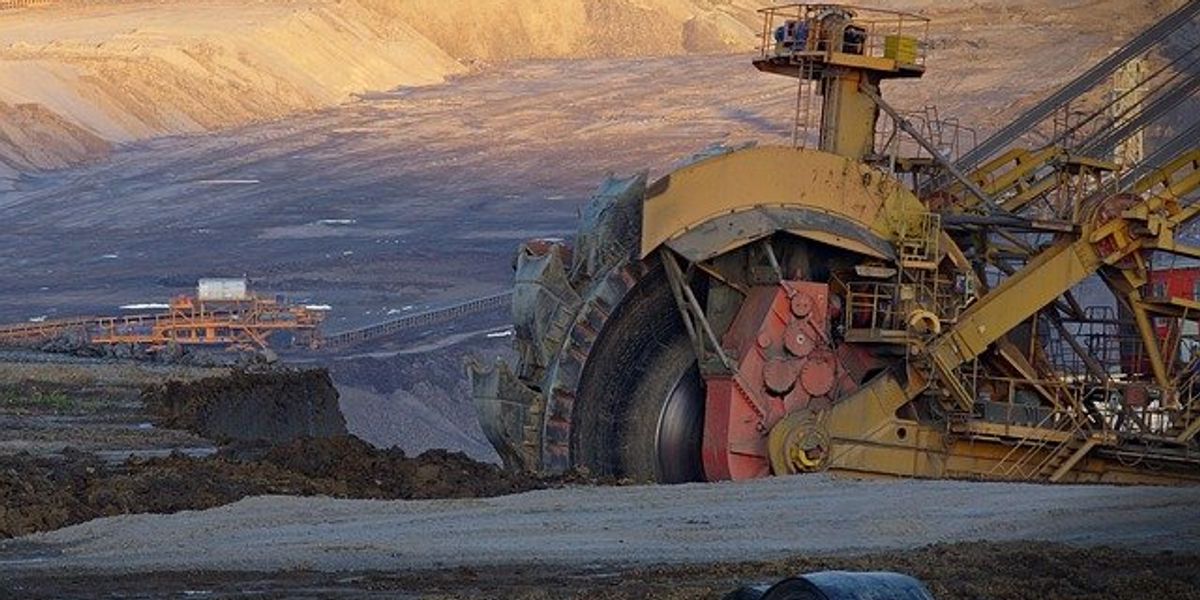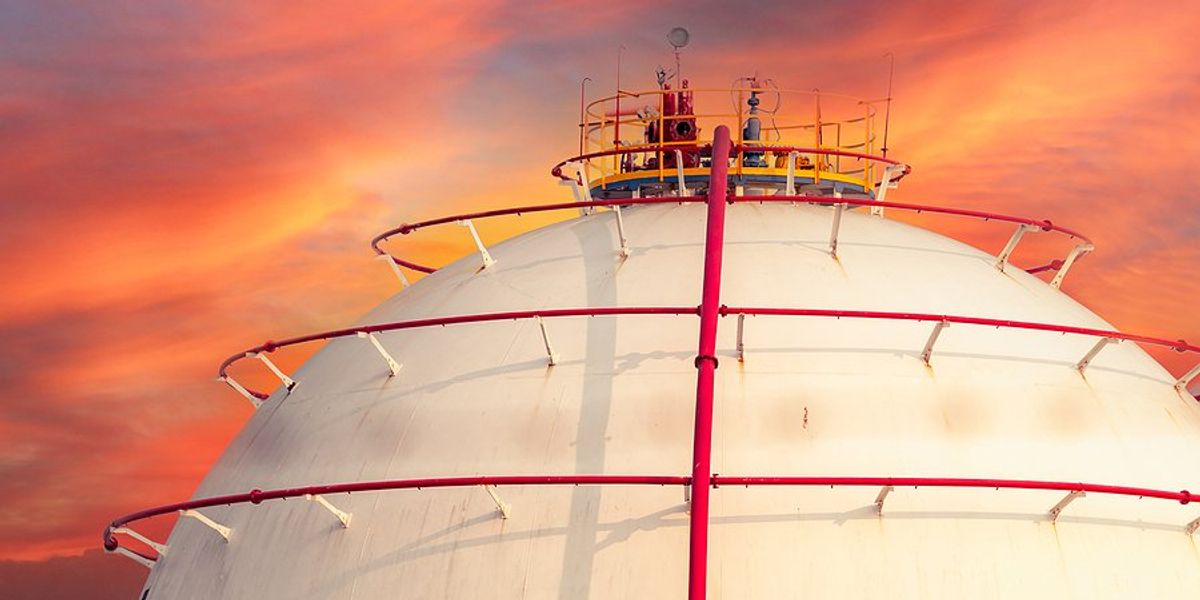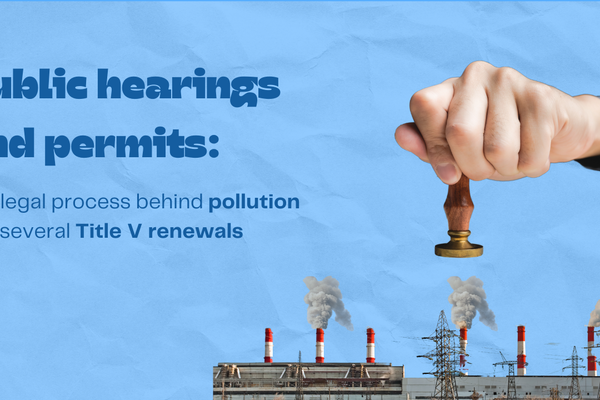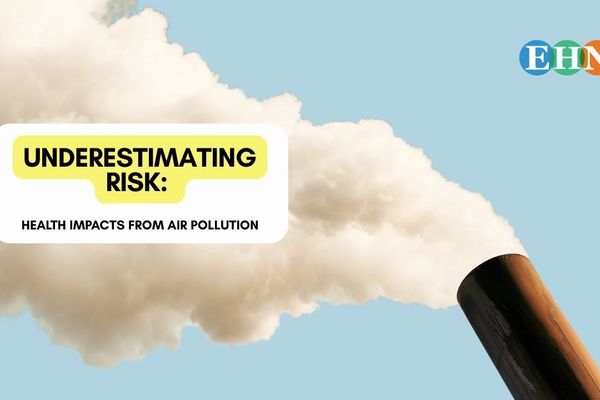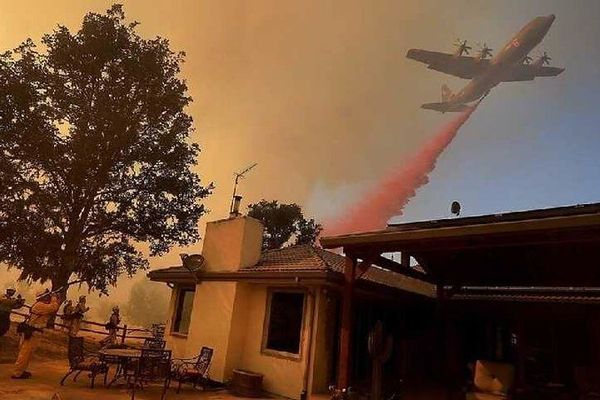
A city shaped by beauty, danger, and the lessons of fire
Los Angeles, a city of promise and peril, grapples with its fiery past and its hotter, more flammable future as climate change intensifies wildfires and forces residents to reckon with the risks of living in paradise.
Somini Sengupta reports for The New York Times.
In short:
- Los Angeles has long been a city of contrasts, balancing natural beauty with persistent hazards like wildfires, heat and rising housing costs.
- Recent fires highlight the increasing risks of climate change, raising questions about rebuilding homes in fire-prone areas and designing safer infrastructure.
- Scientists and psychologists suggest resilience lies in learning from trauma and focusing on solvable problems, essential for cities facing climate challenges.
Key quote:
“This is happening a lot sooner than I ever thought.”
— A Hollywood Hills resident reflecting on the speed and severity of recent wildfires
Why this matters:
Experts say climate survival will require a mindset adjustment. Facing trauma and loss can teach communities how to adapt, even in the face of seemingly unstoppable challenges. For Los Angeles, a city that thrives on reinvention, this reckoning may be the ultimate test of its character and its climate resilience efforts.
Read more: People need shelter from climate change — their health hangs in the balance.



